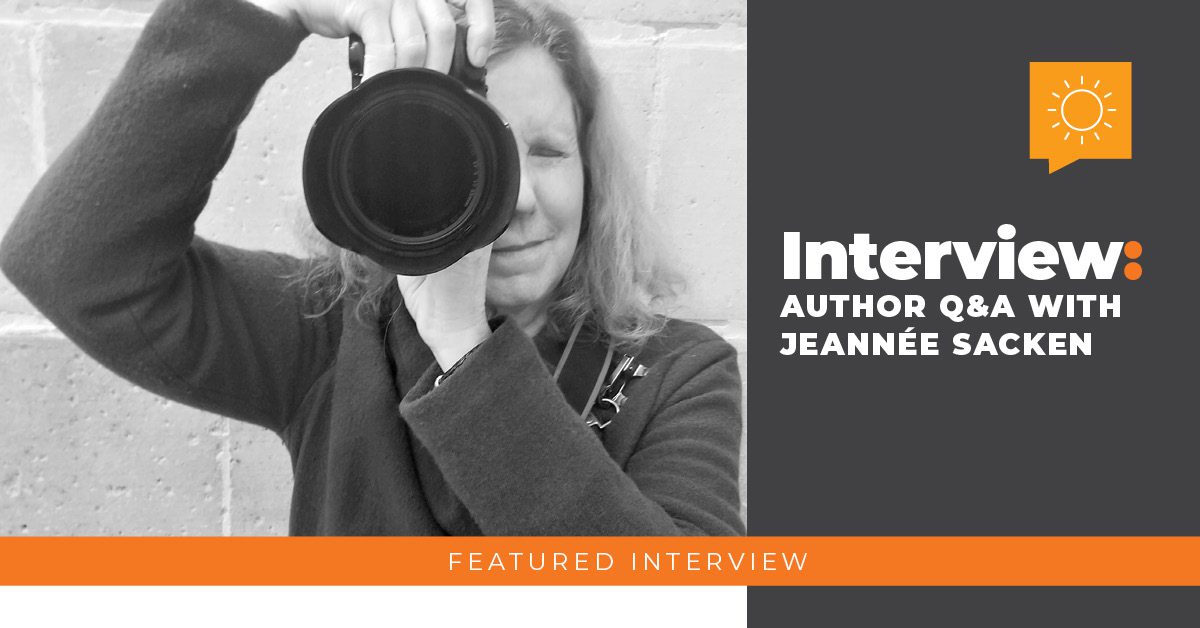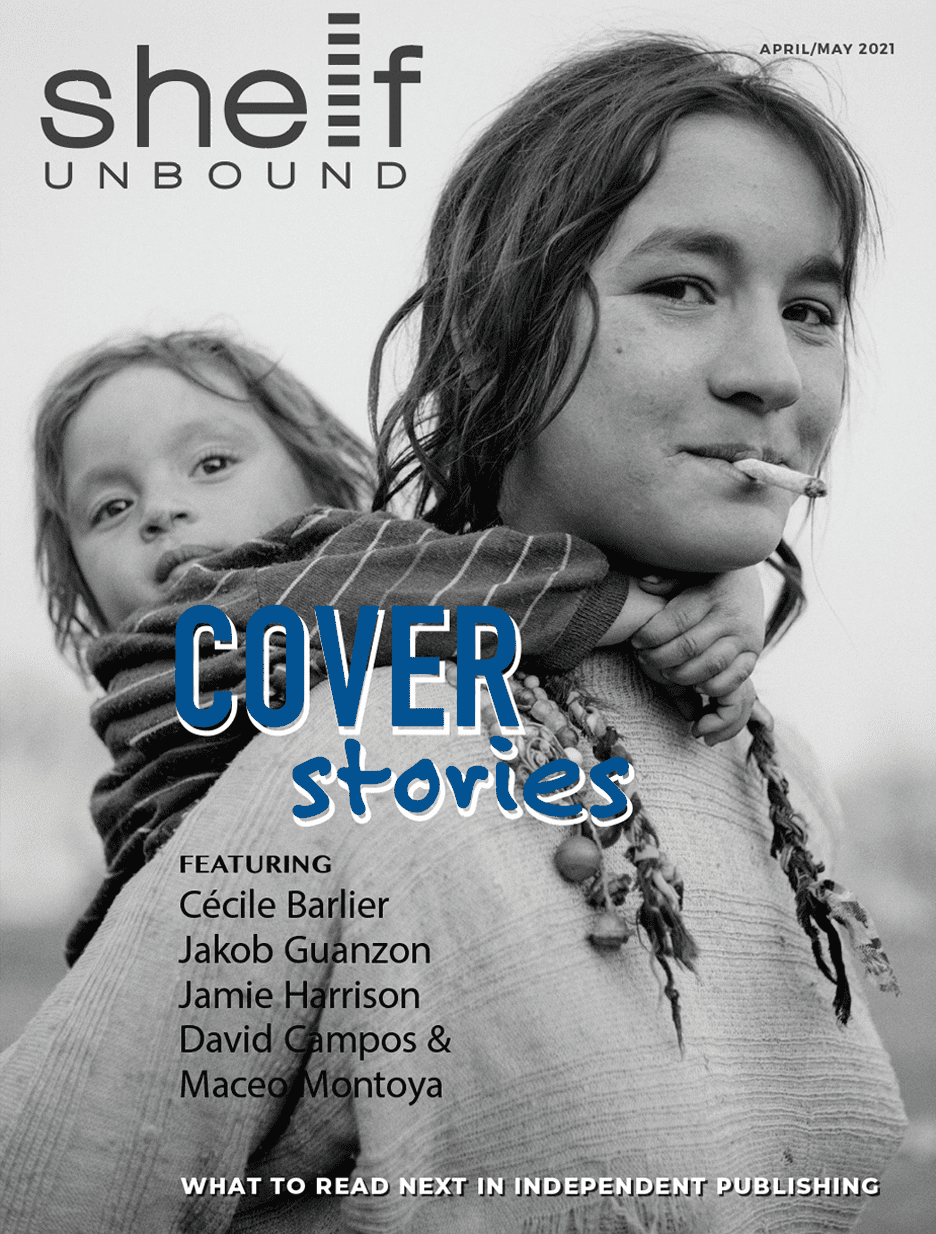By Hannah Cook

Tell us a little about yourself!
JS: For as long as I can remember, I have loved stories—reading, writing, and telling them. My best friend and I competed against each other to see who could read the most books in our library’s summer reading program. At sleep-away camp, the other kids parked their sleeping bags as close to mine as possible, all the better to hear my ghost stories. In fourth grade, my class voted to forego recess so I could read them a story I’d written. My decision to major in comparative literature in college was a natural choice. How better to be able to read novels all the time and get credit for it! After earning a doctorate and teaching English and French, I ultimately resigned my tenure and left academia to pursue photojournalism and creative writing. For the last twenty years, camera in hand, I’ve traveled the world, documenting the lives of women and children through images and words. And that has led to my writing my first novel.
How did your background with travel and photography influence behind the lens?
JS: Photography. Travel. It seemed logical for Annie Hawkins Green to be a photographer who travels the world. The next step was to make her a war photographer going to conflict zones. Annie gets an adrenaline rush when she photographs military forces but also when she captures images of everyday people just trying to survive and live their lives. But war takes a toll on journalists, hence Annie’s drinking and her PTSD. Although I’m not a war photographer, I’ve experienced my share of intriguing situations during my travels. To name two: the lodge where I was staying in Namibia burned down around me in the middle of the night, and while in Botswana, I had to be medevaced out of the Kalahari Desert in a helicopter. Some of my experiences have found their way into this novel.
What Inspired you to make the setting of Behind the Lens in Afghanistan?
JS: Actually, Behind the Lens is set in Milwaukee, Wisconsin, where I live, as well as in Afghanistan. Because Annie is a war photographer, I needed to set her story in a conflict zone. Afghanistan has been riddled by war and violence for many years. Despite the toll war has taken, Afghans are known for being incredibly hospitable and have maintained their rich and diverse cultural traditions. That appealed to me. In addition, I wanted to have girls’ education be a central part of this novel. The fact that even nowadays the majority of Afghan girls are still unable to attend school is a story that needs telling.
What was the research process like for this book?
JS: I read my way through stacks and stacks of books, followed every lead I came across online, attended “Meet Your Muslim Neighbors” workshops hosted by members of the Masjid Al-Huda in South Milwaukee, visited a U.S. naval ship, watched endless Afghan dance performances and YouTube road trips along the river in the Panjshir Valley, baked loaves of roht, cooked Afghan dinners, studied maps, and read the Qur’an. And that was just the beginning.
How many countries have you traveled to? What’s one country you haven’t visited yet but would like to?
JS: My husband and I travel together. He likes to joke that he carries my camera gear. He should! It’s very heavy. Often, we select a destination based on a specific photography project. That was the case when we went to far western Mongolia to attend the Golden Eagle Festival and also when we went to Namibia to photograph the Himba. We’ve traveled to about fifty countries, but that’s misleading because there are places we love so much that we keep going back. There are so many places still to visit that it’s impossible to name just one. Recently, we decided we’d like to photograph snow leopards and tigers as well as the women and children in Ladakh, a remote section in northern India. We’d also like to visit Borneo and Bhutan, Uganda and Gabon. Our list is very long.
You’ve decided that a portion of the proceeds from Behind the Lens will be donated to fund girls’ and women’s education. Tell us about that!
JS: Both my husband and I are committed to furthering education in any way we can. Wherever our journeys take us, we make a point of visiting schools and donating books and other supplies. The situation of girls’ education and women’s ability to work in conflict zones is particularly dire. Illiteracy rates run high. As do birth and mortality rates. In a country like Afghanistan, girls were actually banned from getting an education under Taliban rule. And now, nearly twenty years later, there are few secondary schools for girls—they’ve all been destroyed. Just getting to school is fraught with danger; girls are sometimes attacked with stones and acid. Plus, there’s a Catch-22: girls over the age of about twelve must have female teachers, and quite simply, 80% of teachers in Afghanistan are male. It is not just in Afghanistan that girls face these obstacles; many countries have erected barriers to women and girls receiving the education they need to be self-supporting and to have a say in the control of their own lives. There are 501(c)(3) organizations working to help educate women and girls. Global Giving International sponsors many programs, among them “Grow Peace in Afghanistan: Educate 3,000 women.” The Global Fund for Children works to rectify inequalities and funds education programs. Women for Women provides grants to local NGOs to train women to work and provide for themselves and their families. The Malala Fund recruits female teachers and funds girls’ educational opportunities.

[cm_page_title title=”Continue Reading” subtitle=” Shelf Unbound”]
Article originally Published in the April / May 2021 Issue: Cover Stories.
